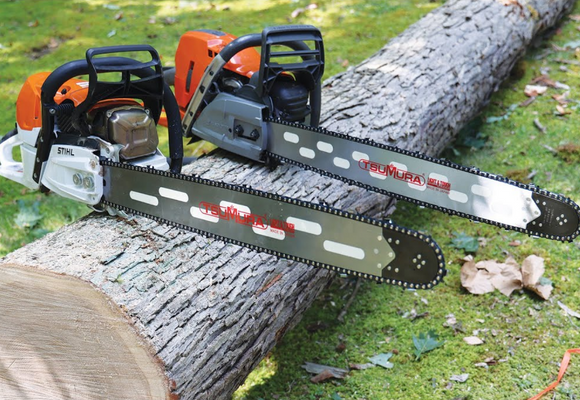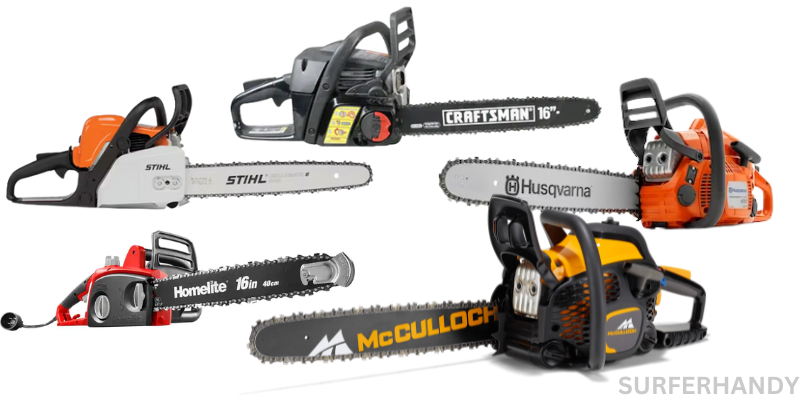A chainsaw is a powerful tool that can help you cut many types of jobs quickly and efficiently. However, knowing what not to cut with your chainsaw is essential.
Cutting metal, dirt, sand, or anything else that is not meant to be cut with a chainsaw can cause great damage to the saw itself and even the user.
To ensure you get the job done safely and efficiently, here’s what you should never cut with a chainsaw.
List Of Things That Should You Not Cut With A Chainsaw?
Using a chainsaw is an effective way of quickly cutting through dense material like firewood or logs — but there are certain things that you should never attempt to cut using your saw!
Ceramics or Glassware
Chainsaws should never be used for cutting glass or ceramics, as these materials are too thin and fragile to withstand the saw’s vibration.

If you try to use a chainsaw on glass or ceramic objects, you risk breaking them into many small pieces, which could cause injury. It’s best to leave cutting this type of material to hand-held saws designed specifically for the task.
Metal Objects

Chainsaws are designed to quickly cut through tough woods and dense materials. Metal is not one of these materials!
Attempting to cut metal objects with a chainsaw will damage your chainsaw and be dangerous, as metal shards may fly off during the process. If you must cut metal objects, using an angle grinder or other metal-cutting tool is best.
People & Body Parts:
Chainsaws should never be used to cut people or body parts. This may seem like an obvious point,
but it’s worth mentioning because some people may get tempted to try and use their chainsaw as a medical tool in an emergency. This is highly dangerous and could lead to serious injury or even death.
Rocks & Hard Materials:
A chainsaw should never cut rocks, concrete, asphalt, dirt, or any other hard material. These materials will dull the chain very quickly and could cause irreparable damage to the saw itself.

If you need to cut through hard materials for any reason, you will need to use a different kind of saw, such as an angle grinder or circular saw.
Electrical Wires & Poles:
Electrical wires and poles are also off-limits when using a chainsaw. Using a chainsaw near electrical wires can be extremely dangerous as there is an increased risk of electrocution
if the chain comes into contact with them. It’s best to avoid using your saw near power lines altogether in case something goes wrong.
Fences & Equipment:
Fences are not ideal for cutting with a chainsaw either, as they can become entangled in the chain, which can cause serious damage to both the fence and the saw itself.
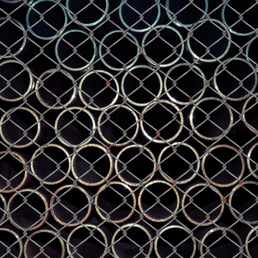
The same goes for equipment such as cars, trucks, and tractors – these items should never be cut with a chainsaw as they contain components that can easily become damaged by the chain if caught on something inside them.
Wet Wood
You should never attempt to cut wet wood with a chainsaw, either. Wet wood is more difficult to cut than dry wood due to its increased weight and density.
It’s also more likely to clog up your saw blade and cause it to stall or bind up while cutting, which could result in kickback or other potentially dangerous situations.
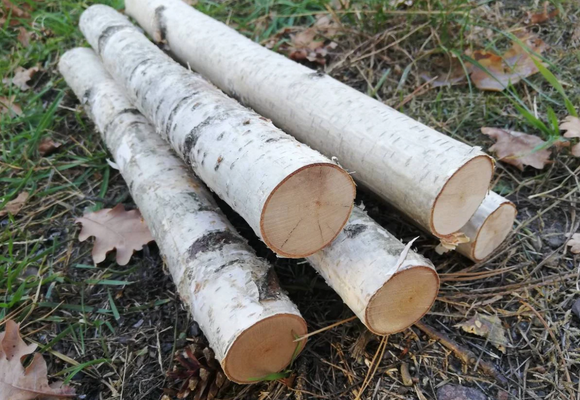
If you need to cut wet wood for some reason, be sure to first dry it out before attempting the task with your saw.
Root Systems & Trees With Encroaching Branches
Trees with overgrown branches or roots growing near them should never be tackled with a chainsaw either — especially if they’re close enough for those branches and roots to interfere with the cutting process!
Tree limbs can get tangled up in blades rather easily, resulting in broken blades and injuries from flying debris or kickback and making it difficult to remove the branch without damaging the tree further.
When dealing with trees like this, it’s best to call a professional tree service instead of trying your luck with a chainsaw.
How To Maintain Your Chainsaw For Long-Term Durability
Whether you’re a professional user or use it occasionally, taking good care of your chainsaw is important.
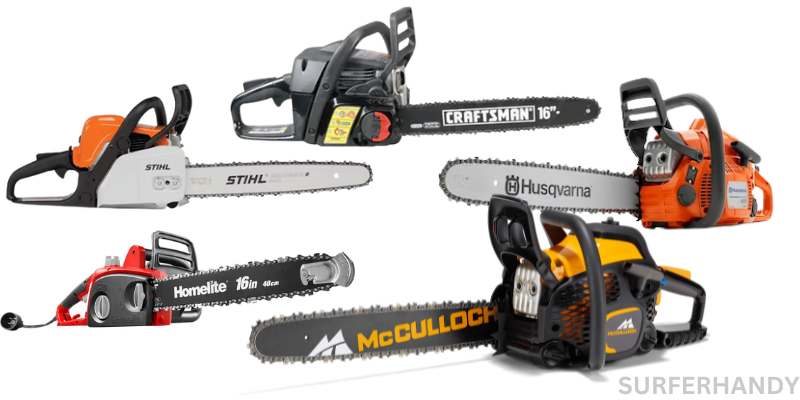
Not only does proper maintenance ensure that your chainsaw will last for years, but it also helps reduce the risk of injury and damage.
Storage & Cleaning
Keep your chainsaw in a clean, dry place, away from extreme temperatures and humidity when storing it.
It would help if you also were sure to wipe down all surfaces of the chainsaw with a clean cloth before storing it.
This will help prevent dirt, dust, and other debris from getting stuck in the machinery and causing wear over time.
Additionally, if you’re not planning on using your chainsaw for long periods (like months or years), make sure you empty the fuel tank before storage so that the gas doesn’t have time to evaporate and cause corrosion damage.
Sharpening & Lubrication
You must regularly sharpen the blade on your chainsaw so that it can function properly and cut through wood efficiently.
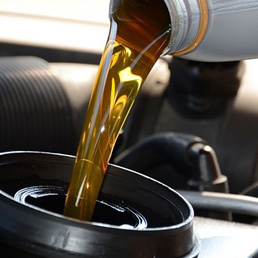
This is especially important if you use your saw often—the more wear and tear, the more quickly its blade will dull.
To sharpen it correctly, use a round file specifically designed for sharpening saw blades; don’t try to use any other tool, as this could damage the blade instead of sharpening it!
Additionally, always remember to lubricate all moving parts on your saw regularly with motor oil or another appropriate lubricant; this will help keep them functioning properly over time.
Conclusion:
Metal objects — such as nails, screws, bolts, etc. — should not be attempted due to potential damage and danger posed by flying bits of metal when struck by the saw blade;
nor should wet wood for similar reasons; nor root systems and trees with encroaching branches due the potential danger posed by the entanglement of limbs in the saw blade leading potentially serious injury from kickback, etc., In these cases,
it would be best advised that one consult professional help from tree services, etc. This post has outlined some key points on what not to do when using a chainsaw – ensuring safe usage at all times!



